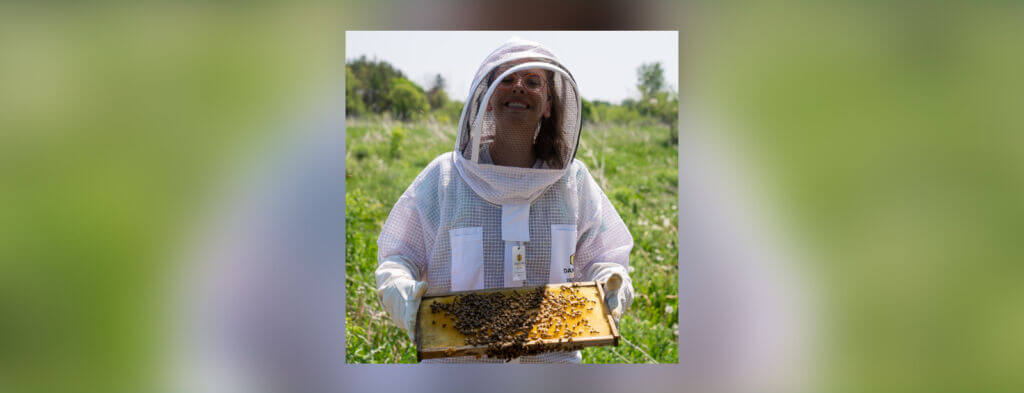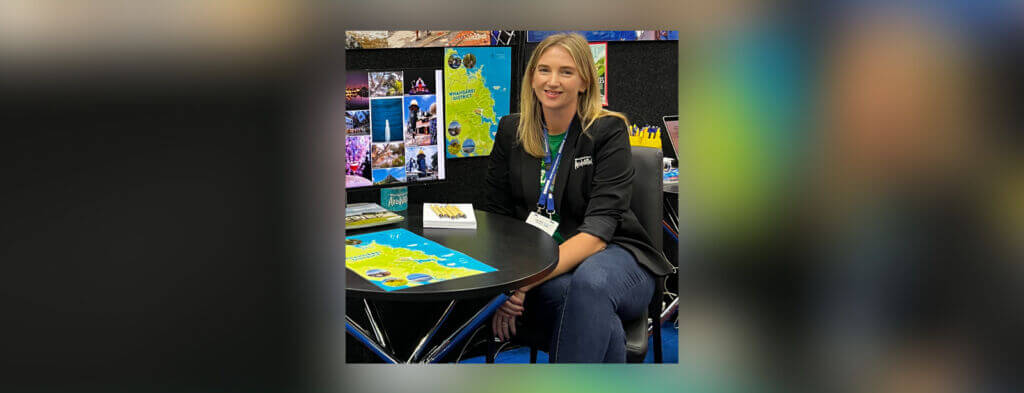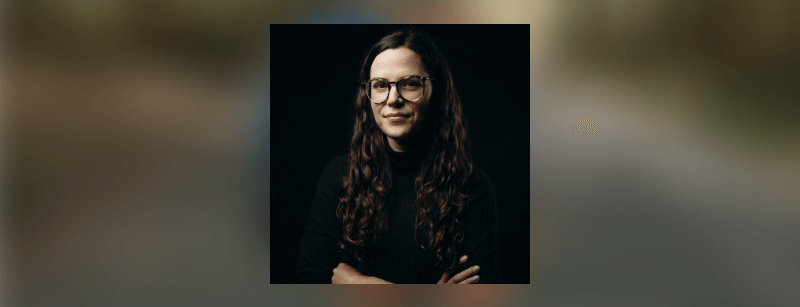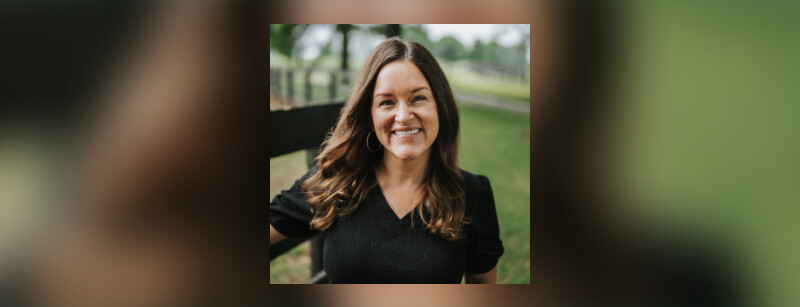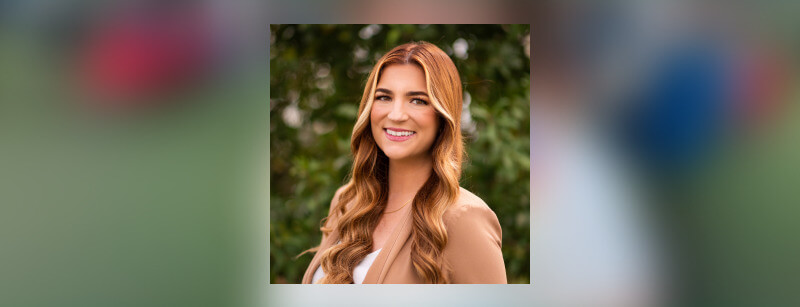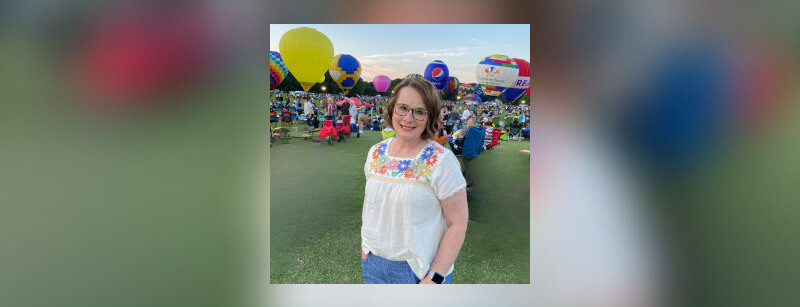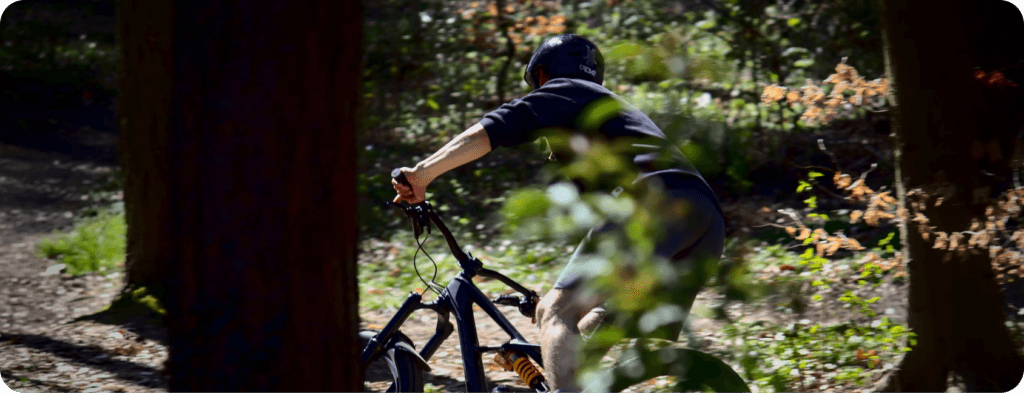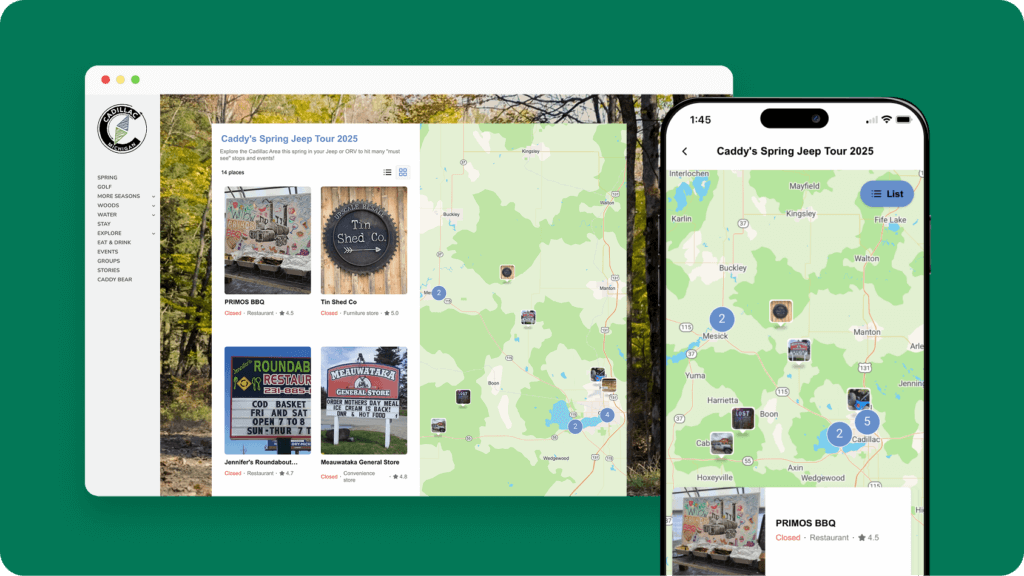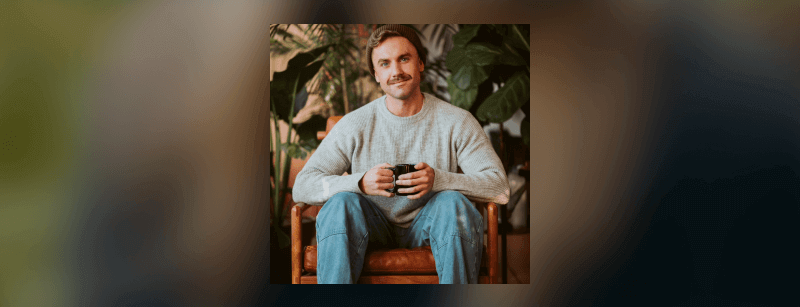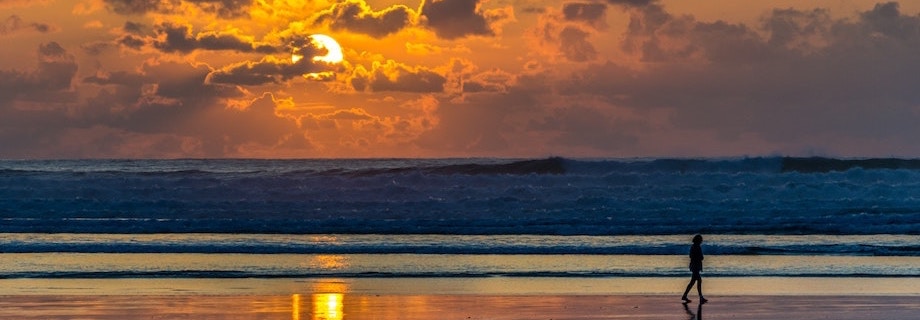
Soon after Joshua Heineman began overseeing tourism marketing for the City of Seaside, he found himself in conversation with a colleague who predicted a future where visitors to SeasideOR.com could be served a unique landing page based on their personal interests. The idea got him thinking.
“I knew from my creative and tech background in Portland that it was indeed totally possible,” he says, “if you had a big enough budget and could tie into the right partners.”
Heineman, who serves as the Director of Tourism Marketing for the City of Seaside Visitors Bureau, knew he had great partners to collaborate with on the experimental project. However, he also needed any related spend to be extremely cost effective. So, he decided to take a few steps in the direction of the “big idea”— engaging potential visitors with a custom automated email campaign that speaks to a user’s unique interests.
The challenge: increasing visitation in the off-season and engaging potential visitors year-round
Seaside, Oregon is just 79 miles west of Portland and 17 miles south of Astoria, the oldest American settlement west of the Mississippi, and has been a beach resort town since the 1870s. During the summer months, its pristine beach and estuary, main street, oceanfront Prom and trails are packed with tourists.
But—like all North Oregon Coast beach communities—balancing out visitation in the off-season is a central aim for their destination marketing organizations. In order to engage with potential visitors year-round, Heineman aims to grow visitor guide orders (for primary trip-planning purposes) and eNewsletter subscriptions (for monthly engagement and trip inspiration).
The solution: a personalized email campaign tailored to visitor interests
While Heineman doesn’t have the budget to create a personalized website experience just yet, he and his partners put together the personalized email campaign to serve as a test case while helping accomplish the goals for his DMO.
The first step, according to Heineman, was to encourage those who sign up for the eNewsletter to order a visitor guide, and vice versa, with personalized messaging. “The email might be like ‘Hey Josh, thanks for signing up for our email newsletter, here’s what to expect,’ and if we know you’re not signed up for a visitor guide yet, we’ll also say ‘our visitor guide is packed with all this great stuff, you can order it here.’ Each goal reinforces the other where it makes sense.”
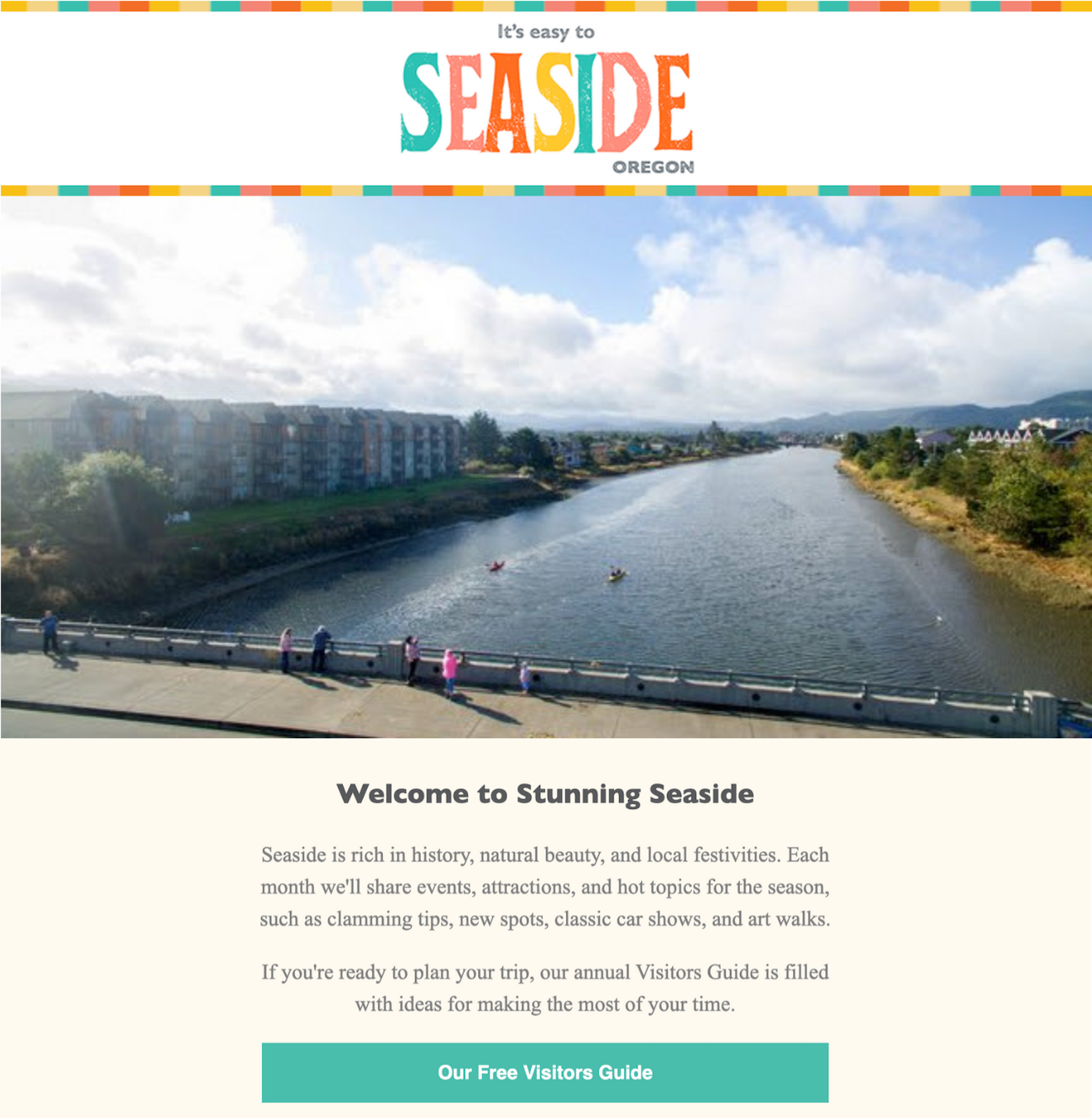
The header and visitor guide CTA in Seaside’s first email.
Heineman explains that the automated system Tourism Engine™️—which is powered by Seaside’s partner, Agency Tourism Marketing—knows when someone has already signed up for the eNewsletter or visitor guide, and won’t present the call-to-action if they’ve already completed the desired action. The system reinforces goals by being useful, he says, and steers clear of annoying reminders.
“Then we ask them a question, ‘what are you most looking forward to doing when you get to Seaside?’ and we give them options,” he says. “We then store the answer in Tourism Engine and send the user to the bird watching part of our website, or the hiking part of the website, or whatever it is they’ve clicked on.”
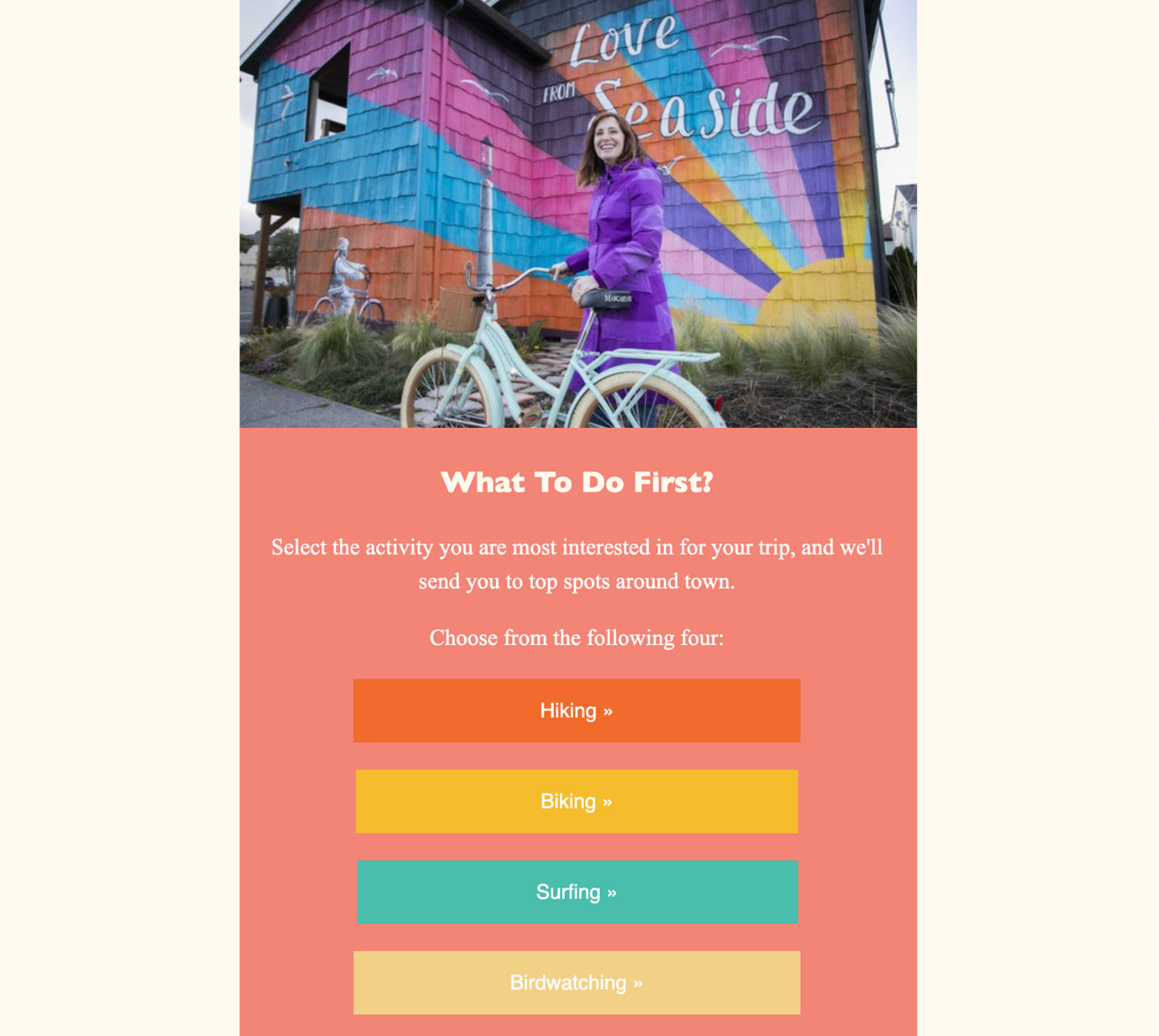
Using CrowdRiff to find and showcase visuals for each activity and web page
Each landing page, explained Heineman, features a CrowdRiff gallery of user-generated content specific to that activity. “If you click bird watching, you can see all these images people have taken of these amazing birds in our area to get them inspired and to know what to expect when they get here,” he says.
Through the automated system, Seaside currently offers four unique landing pages for those interested in bird watching, biking, surfing or hiking. Once an option is selected, custom content created by their digital marketing partner Worthy Marketing is brought into play.
For instance, those who respond to the first email prompt are sent another question a few days later asking what they would like to eat after finishing their chosen activity. “If they click ‘seafood’ or ‘pub food’ that also gets paired with the previous answer in their profile, and then they again get sent to the relevant part of our website,” says Heineman. “We’ve also built out some CrowdRiff galleries for those.”
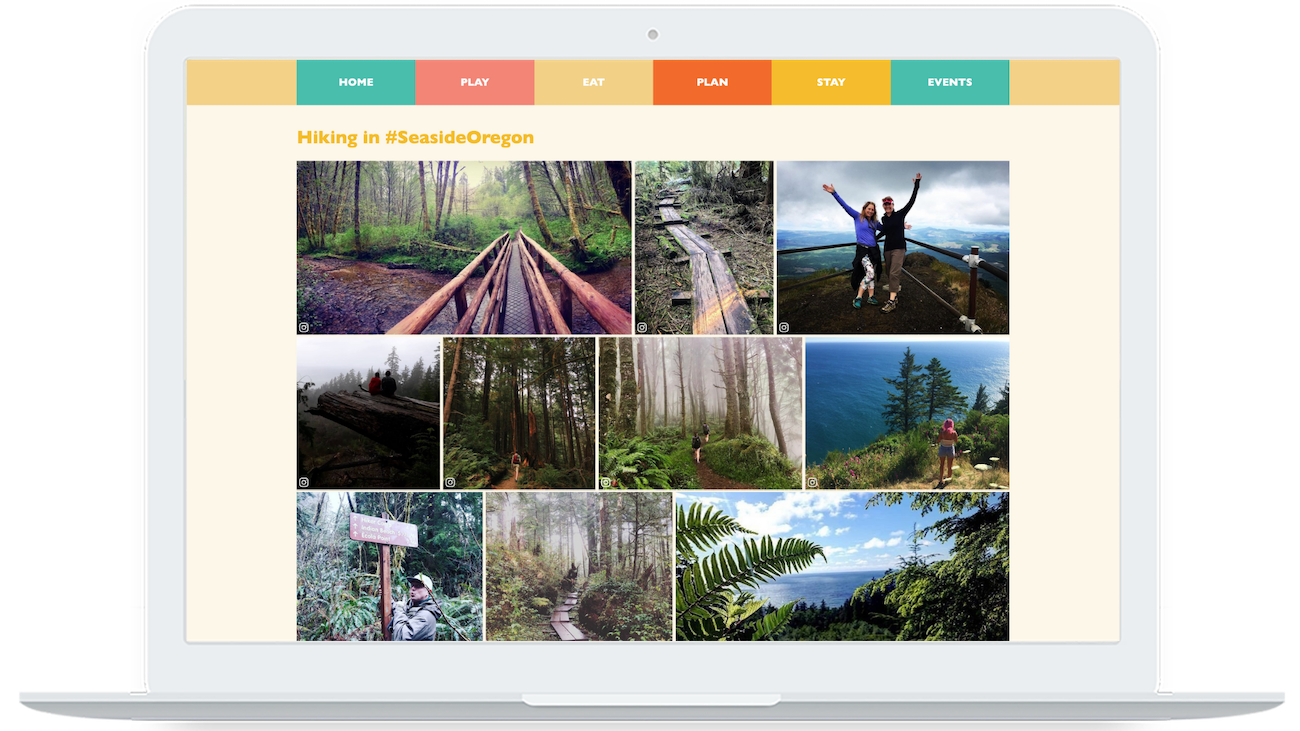
The hiking gallery on SeasideOR.com.
About 15 days later, those who have engaged with the campaign receive one final email containing a custom itinerary, based on their specific interests and tastes. Those who have not engaged receive a still-useful standard itinerary.
There is also an entire email journey for visitor guide orders that both ensures delivery and encourages eNewsletter signup using customized content.
The result: visitor guide orders increased by 30% and eNewsletter sign-ups by over 50%
The process for putting the whole project together seems complicated, says Heineman, but five months after putting in the initial effort, the campaign continues to generate results.
“It was a really unique challenge, but certainly worth doing. You have a program that’s working behind the scenes on the timeline of your potential visitor—not your business hours—without any required repeat funding,” he says. “It’s just working in the background, and I can see that everyday when I go into the analytics.”
Organic visitor guide orders have been up more than 30% year-over-year and eNewsletter sign ups have been up no less than 50% (sometimes much higher) in each of the months since the campaign launched. Even the confirmation email for visitor guide orders has seen a 31% increase in open rates.
The statistic Heineman is most proud of, however, is that of all the emails he sent out as a part of the campaign—including the initial prompts, email sign ups, follow ups, custom itineraries, confirmations and more—the lowest automated open rate of any of those communications was 39%.
“When we first started thinking about it, it was such a vast thing and it was hard to know how it would work,” he says. “But to see it working out now for several months and the lasting value is really satisfying. It’s been a great program.”
